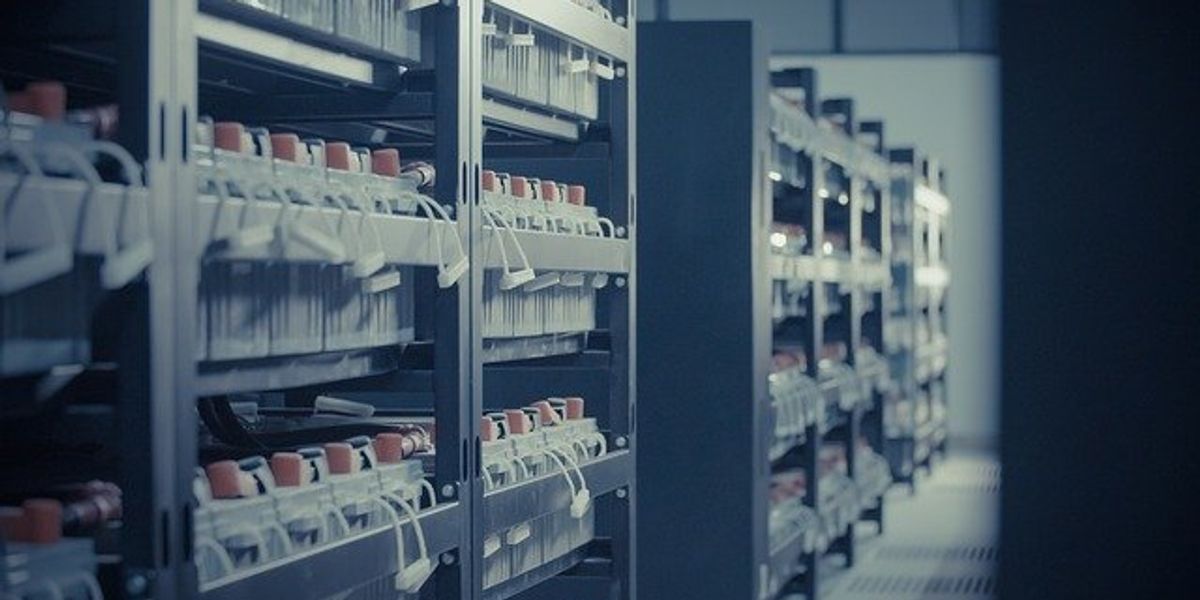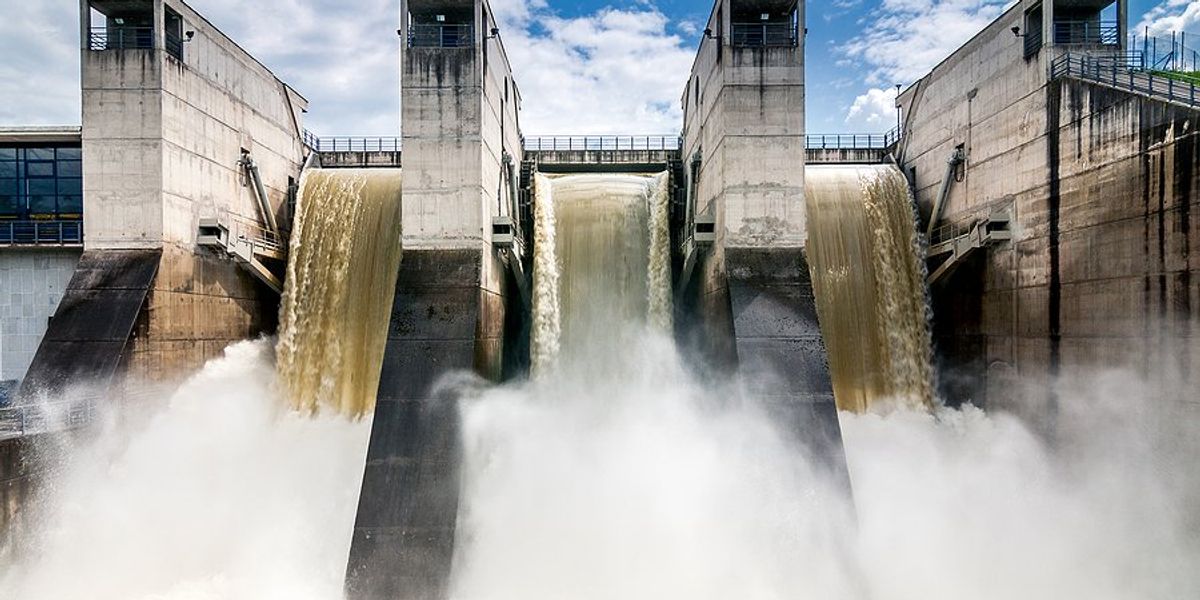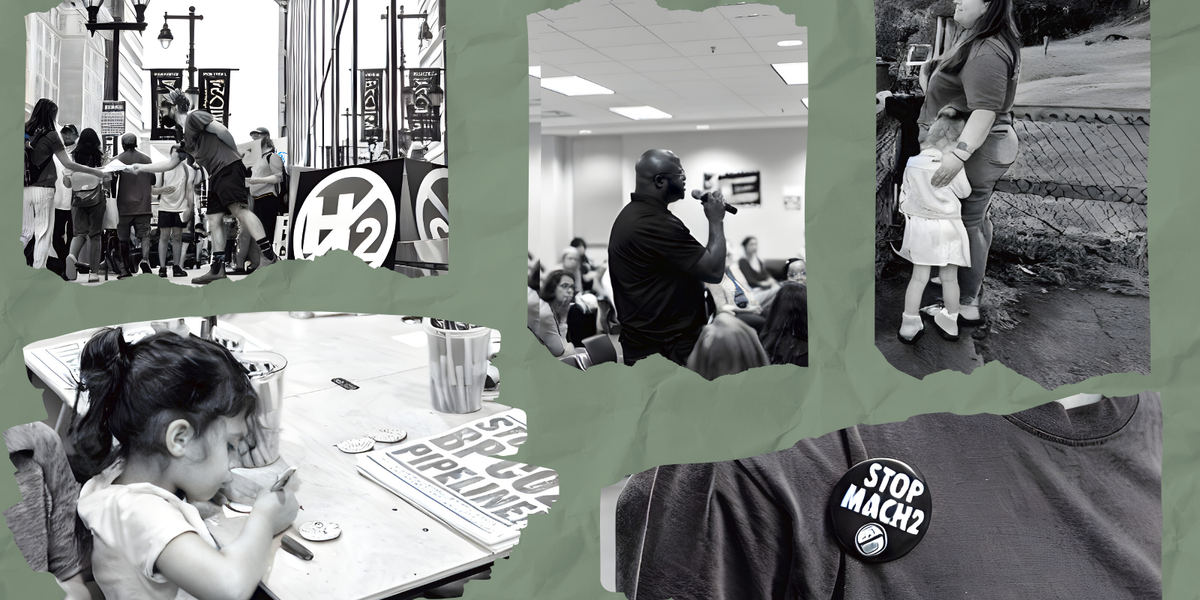glacier
Sherpas question safety of Everest villages after floods devastate homes
Sherpas in the Everest region are questioning the safety of their villages after a glacial lake burst on August 16, destroying homes and leaving many uncertain about their future.
In short:
- A glacial lake burst flooded Thame village, destroying over a dozen buildings, including homes, a school and a clinic.
- Residents, many of whom were displaced, are now concerned about the safety of remaining in the area.
- Lack of monitoring and disaster preparedness for glacial lakes in the Himalayas exacerbates the risks faced by these communities.
Key quote:
"The bigger question is if this place is safe enough to live in now. This flood has shown that we face an even more dangerous situation now, and therefore people don’t feel safe."
— Yangji Doma Sherpa, a native of Thame who was born in the village
Why this matters:
Accelerating glacier melt due to global warming is increasing the risk of deadly floods in the Himalayas, endangering local communities. Insufficient monitoring and preparedness further heighten the vulnerability of these remote regions.
Be sure to read:
Glacier melt accelerates as wildfires deposit soot and ash in Alberta
Wildfire soot and ash are accelerating the melting of Alberta's Athabasca Glacier by darkening its surface, leading it to absorb more heat, according to scientists.
In short:
- Wildfires near Jasper National Park have released soot and ash onto the Athabasca Glacier, darkening it and causing it to absorb more solar radiation, which speeds up its melting.
- The glacier, which lost a record nine meters last year, is melting faster than normal, threatening the water supply for the Athabasca River and impacting hydroelectric power generation.
- Research shows that soot, ash and algae blooms are major factors in glacier darkening, exacerbating the effects of climate change and increasing glacier melt rates.
Key quote:
"It puts these glaciers in a very perilous position yet again."
— John Pomeroy, hydrologist at the University of Saskatchewan
Why this matters:
The accelerated melting of glaciers not only threatens the regional water supply but also disrupts ecosystems and power generation dependent on glacier-fed rivers. As wildfires increase due to climate change, these issues are expected to worsen, highlighting the urgent need for climate action and adaptation strategies.
Venezuela's last glacier disappears, marking an environmental milestone
Venezuela has lost its final glacier, La Corona, making it the first country in the Andes without any glaciers, amid rising concerns over global warming effects.
Ana Vanessa Herrero and Matthew Hay Brown report for The Washington Post.
In short:
- La Corona's size shrank dramatically from more than 1,100 acres to less than five, leading scientists to declare its end as a glacier.
- Despite government attempts to preserve it using geothermal covers, experts deemed such interventions unfeasible and potentially harmful.
- The loss marks a significant shift in Venezuela's ecological and cultural landscape, previously home to multiple glaciers.
Key quote:
"Our tropical glaciers are disappearing quickly since the Seventies. Now people are feeling the absence."
— Alejandra Melfo, astrophysicist at the University of the Andes
Why this matters:
The loss of La Corona extends beyond symbolic significance; it is sounding a dire alarm for both ecological balance and water resource management. Glaciers, often referred to as nature’s reservoirs, slowly release water into rivers and lakes, supporting both human activities and the natural ecosystems throughout the year. Their disappearance can lead to water shortages that affect millions, complicating efforts to grow crops, generate hydroelectric power, and maintain natural habitats.
Antarctica's ice melt poses a rising threat as research funding dwindles
A recent study highlights the accelerated melting of Antarctica's Thwaites Glacier, signaling a dire need for action against sea level rise.
In short:
- Researchers have found that the Thwaites Glacier has been melting since the mid-1940s, with current rates of ice flow doubling in the last 30 years.
- This melting contributes significantly to global sea level rise, with Antarctica losing an average of 150 billion metric tons of ice per year.
- Despite the urgency, funding for further research is dwindling, threatening our ability to monitor and respond to these changes.
Key quote:
"It really brings home the scale of the problem of sea level rise. When you think about populations in New Orleans, in Bangladesh, and along coastlines all around the world, this is where the threat really lies.”
— James Kirkham, ice researcher
Why this matters:
The implications of Antarctica's ice melt are not limited to the rise in sea levels. Changes in freshwater distribution can affect ocean currents and weather patterns, leading to more extreme weather events globally, impacting food security, water supply, and health, particularly in more vulnerable communities.
People are flocking to see melting glaciers before they're gone—bringing both benefit and harm.
As Switzerland’s glaciers shrink, a way of life may melt away
Rising temperatures and retreating glaciers threaten Europe’s water tower, forcing local farmers to adapt and presaging larger troubles downstream.
Greenland ice sheet losing more ice than scientists estimated
A glaciologist reveals what we still don’t understand about polar ice
As glacial cliffs break off and destabilize frozen landscapes, glaciologist Richard Alley focuses on the fractures. The work could improve predictions about future sea-level rise.



















